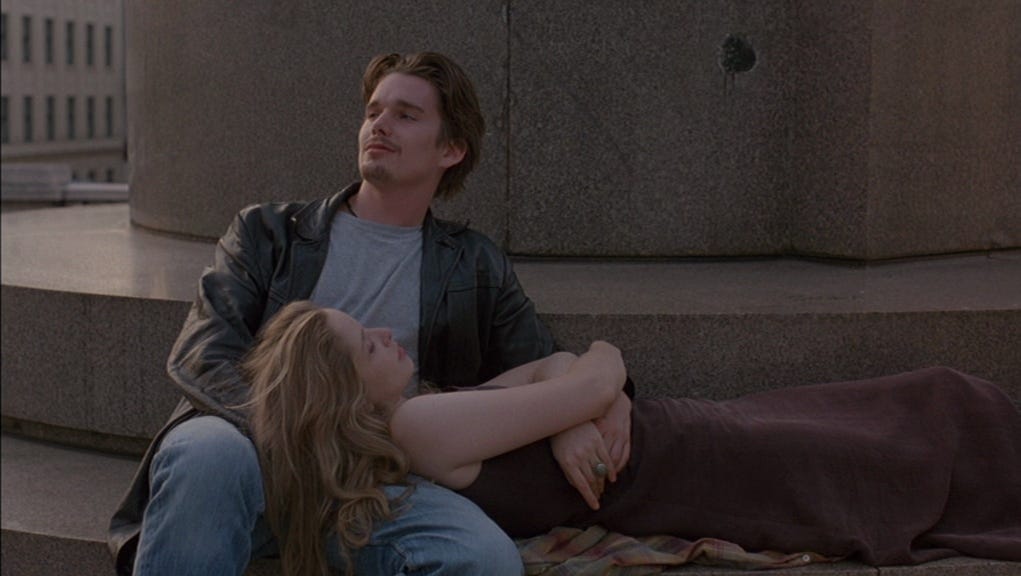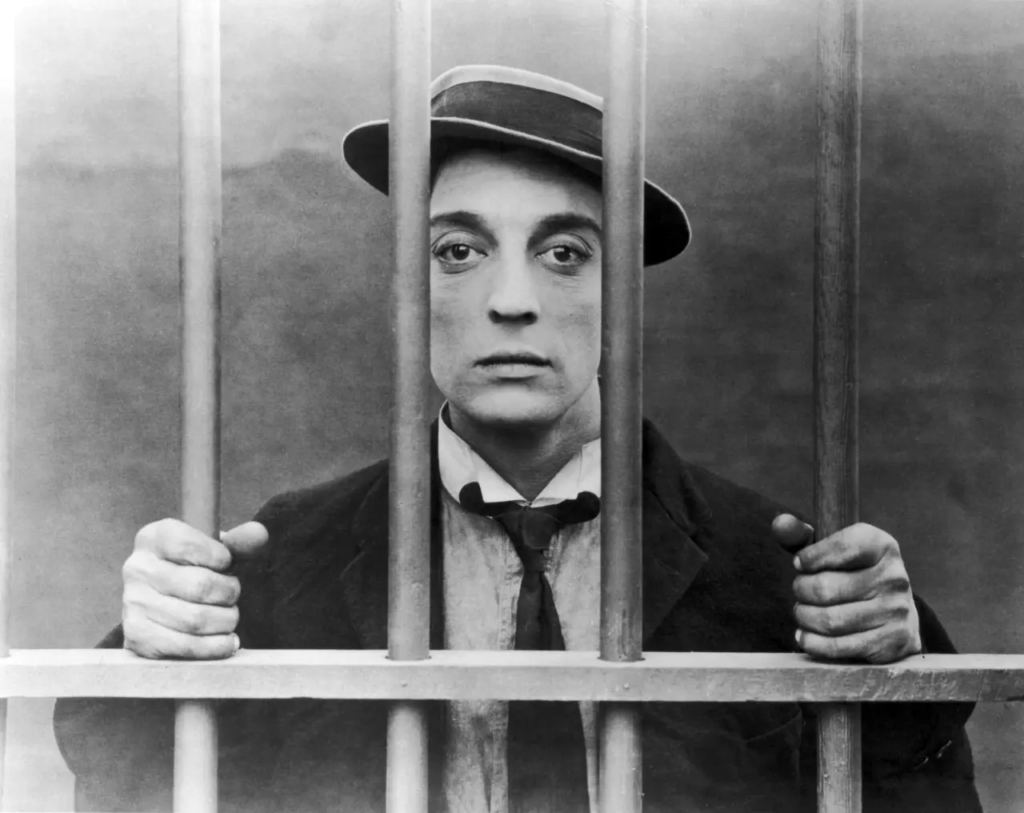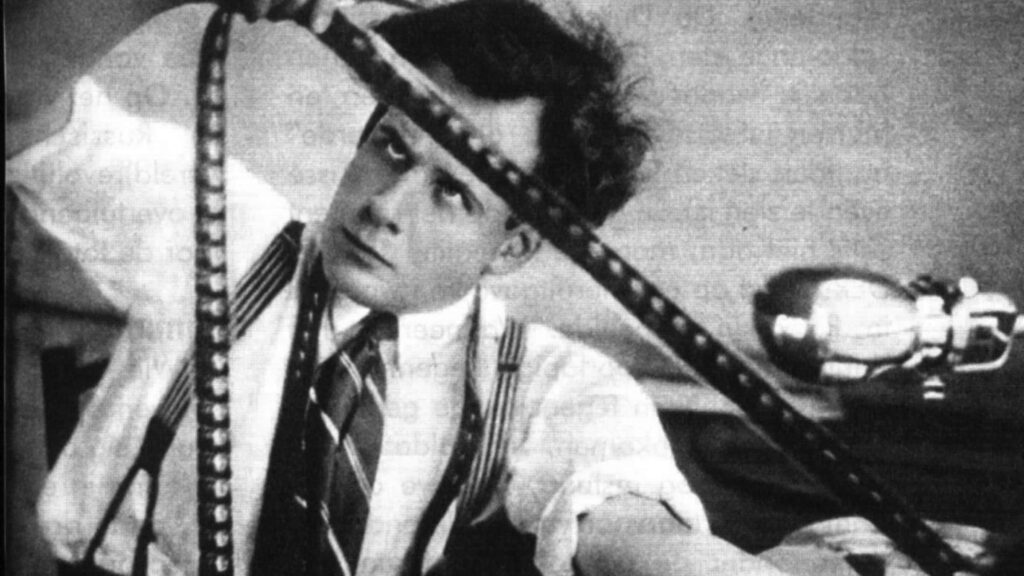Independent cinema has transformed the film industry with its alternative voices, fresh perspectives, and storytelling approaches. Most importantly, with their low-budget productions, they are able to experiment more, challenging the standard narrative approach of the mainstream industry, and contributing to the evolution and diversity of contemporary cinema.
Independent filmmakers focus on artistic expression and unconventional storytelling and often explore niche or diverse subjects. With their independent and unique voices, indie filmmakers have contributed to the evolution of cinema as a medium of artistic expression.
The movement emerged in response to the dominance of Hollywood studios and their formulaic, commercially-driven films. It often focuses on artistic expression, realism, and diverse voices. Film festivals and digital revolutions are major contributors to the rise of independent filmmaking, as they helped indie filmmakers create and exhibit their own work outside the shadows of big studios.
There were filmmakers in the 1950s who were making films without a studio system long before the term ‘independent cinema’ was coined. Filmmakers like Godard and Satyajit Ray were making films that can best be described as indie films. However, due to America’s influence in shaping contemporary cinema and its practices, the movement was popularized by the American industry with figures like Spike Lee, Richard Linklater, Sofia Coppola and Quentin Tarantino.

But soon, indie filmmakers went beyond just independent films in an attempt to create more realistic work. This gave rise to another movement that can be considered a sub-genre of indie films: Mumblecore. While independent cinema covers various genres, styles, and themes, ranging from dramas and comedies to experimental and avant-garde works, Mumblecore is a more specific subgenre. It focuses on character-driven, low-budget films characterized by naturalistic dialogue and improvised performances.
The term ‘mumblecore’ is derived from the words ‘mumble’ and ‘core.’ The ‘mumble’ refers to characters speaking softly or in a muddled manner, leading to a ‘mumbling’ effect. The ‘core’ emphasizes that this is the foundational aspect of such movies.

Mumblecore films are often made by young, up-and-coming directors working on low budgets. They are dialogue-heavy films, often involving conversations between characters about their personal relationships and daily life. ‘Frances Ha’ and ‘Before Sunrise’ are prime examples of Mumblecore, and filmmakers like Noah Baumbach and Richard Linklater popularized this movement.

But even before this term came into existence, filmmakers like Woody Allen were employing elements like low production budgets, dialogue-heavy narratives, and authentic portrayals of real-life relationships in their films. Although it is necessary to understand that these are just some terms to refer to and understand different categories of films, filmmakers have often rejected these labels for their films. So it is safe to say that mumblecore is referred to films that employ natural dialogues and improvised performances.
While the above were some examples of Mumblecore, here are some films you should consider checking out to explore and understand the elements of independent cinema: ‘Taxi Driver’ by Martin Scorsese, ‘Lost in Translation’ by Sofia Coppola, and ‘Reservoir Dogs’ by Quentin Tarantino.


Source: Image credits www.acmi.net.au, pexels.com



